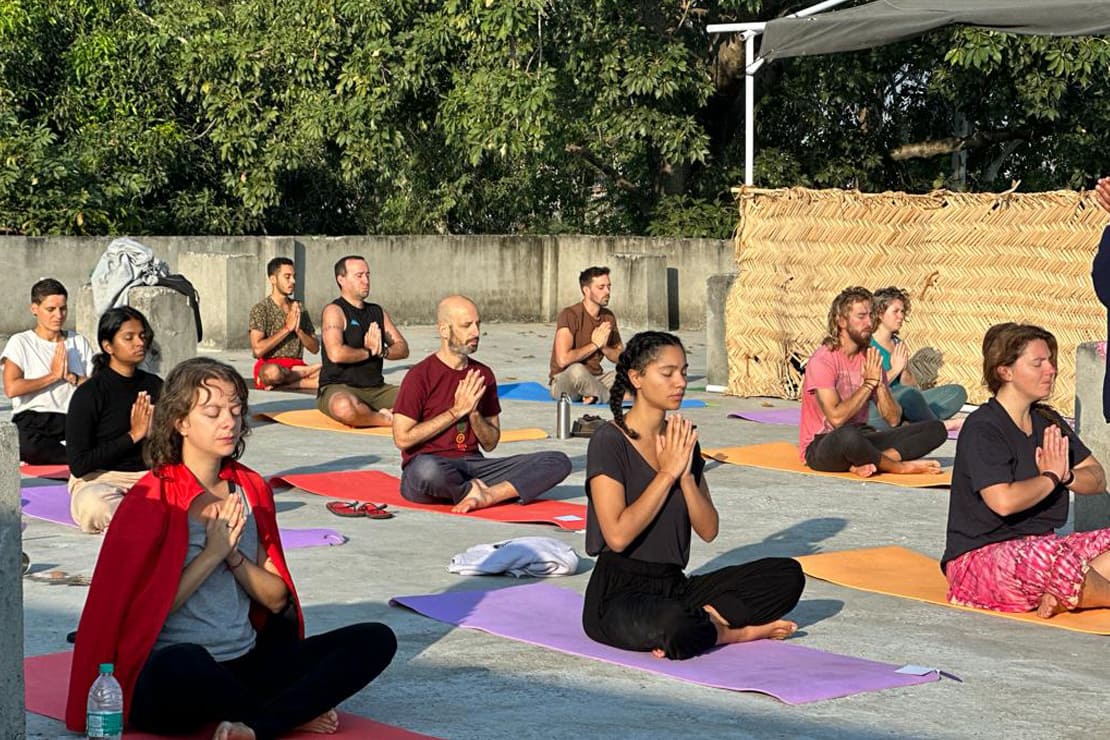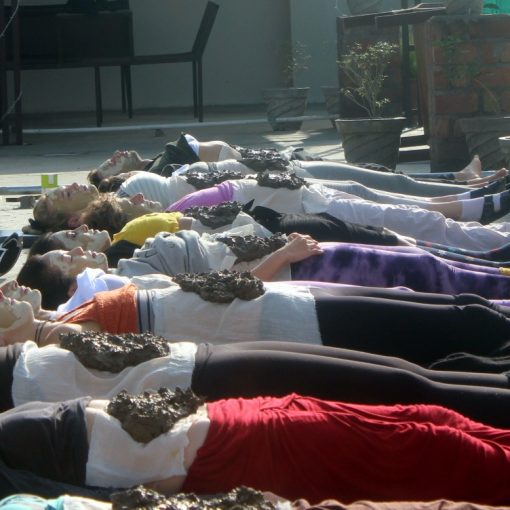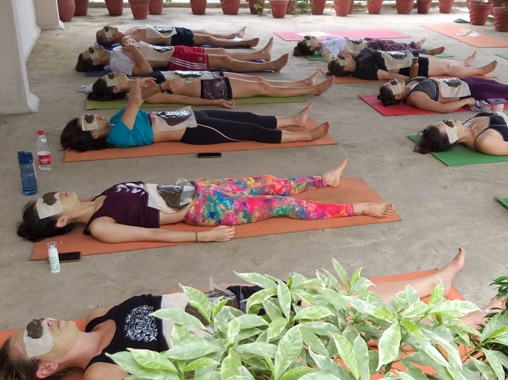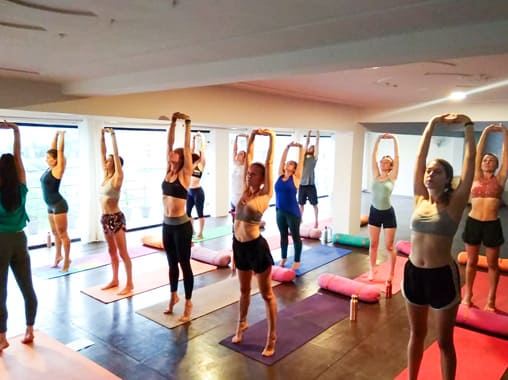Introduction
Embarking on the journey to becoming a certified yoga teacher is an exciting and transformative experience. Aspiring yogis often find themselves faced with the decision of choosing a yoga teacher training program, with 200 hours being a standard duration for many courses. However, the question arises: is 200 hours of yoga teacher training, enough to equip someone with the knowledge and skills needed to confidently teach yoga? This blog will explore the significance of 200-hour yoga teacher training, its limitations, and what aspiring yoga teachers can do to enhance their expertise.

The Foundation of 200-Hour Yoga Teacher Training
A 200-hour yoga teacher training program serves as the foundational step for individuals seeking to become certified yoga instructors. These programs typically cover essential aspects of yoga, including asanas (postures), pranayama (breath control), meditation, anatomy, philosophy, and teaching methodology. The curriculum is designed to provide a well-rounded understanding of the principles and practices of yoga, enabling participants to lead basic yoga classes with confidence.
The Intensity of Immersion
One of the key advantages of a 200-hour yoga teacher training is its immersive nature. Participants often find themselves fully immersed in the yogic lifestyle, dedicating several weeks to intense practice, study, and self-discovery. This immersive experience allows individuals to deepen their personal practice, enhance their understanding of yoga philosophy, and establish a strong foundation for teaching.
However, the intensity of a 200-hour training can be both a strength and a limitation. While it provides a comprehensive introduction to the world of yoga, the relatively short duration may not be sufficient for some individuals to grasp and integrate the depth of yogic knowledge fully. Moreover, the fast-paced nature of these programs may leave little time for personal exploration and reflection.
The Importance of Continued Learning
Becoming a proficient yoga teacher requires more than just completing a 200-hour training program. It is essential for aspiring instructors to recognize the importance of continued learning and professional development. Yoga is a vast and evolving discipline, and ongoing education ensures that teachers stay informed about new developments, techniques, and research in the field.
Yoga Alliance, a widely recognized accreditation organization for yoga teacher training programs, acknowledges the significance of continued education. While 200-hour training is the minimum requirement for initial certification, many experienced teachers pursue advanced training courses, accumulating additional hours to deepen their expertise. This commitment to lifelong learning not only benefits the individual teacher but also contributes to the growth and evolution of the entire yoga community.
Building Teaching Experience
Another crucial aspect of becoming a successful yoga teacher is gaining practical teaching experience. While a 200-hour training program provides foundational knowledge, real-life teaching situations present unique challenges that cannot be fully simulated in a training setting. Aspiring yoga teachers should actively seek opportunities to lead classes, refine their teaching style, and receive constructive feedback.
Some may argue that a 200-hour training alone is insufficient to prepare teachers for the diverse needs and abilities of students. A broader range of teaching experiences, including working with different populations, addressing specific health concerns, and adapting classes to various skill levels, contributes to a well-rounded and adaptable teaching approach.
Specialized Training and Continuing Education
To complement a 200-hour training, aspiring yoga teachers can consider specialized courses that align with their interests and goals. Specializations such as prenatal yoga, therapeutic yoga, or advanced asana techniques allow instructors to tailor their skills to specific populations or aspects of the practice. These focused courses deepen expertise and enhance the ability to address the unique needs of students.
Continuing education can take various forms, including workshops, retreats, and mentorship programs. Engaging in these opportunities not only expands knowledge but also fosters a sense of community among yoga professionals. Networking with experienced teachers and participating in collaborative learning experiences contribute to personal and professional growth.
Conclusion
In conclusion, a 200-hour yoga teacher training is a valuable and essential step toward becoming a certified yoga instructor. It provides a solid foundation, an immersive experience, and the necessary tools to start teaching basic yoga classes. However, it is crucial for aspiring teachers to view the 200-hour training as just the beginning of their journey.
To truly excel as a yoga teacher, ongoing education, practical experience, and specialized training are essential. The commitment to lifelong learning not only enhances individual teaching skills but also contributes to the evolution and enrichment of the broader yoga community. While 200-hour training is a significant milestone, it should be seen as a stepping stone toward continuous growth and development in the rewarding path of yoga teaching.





